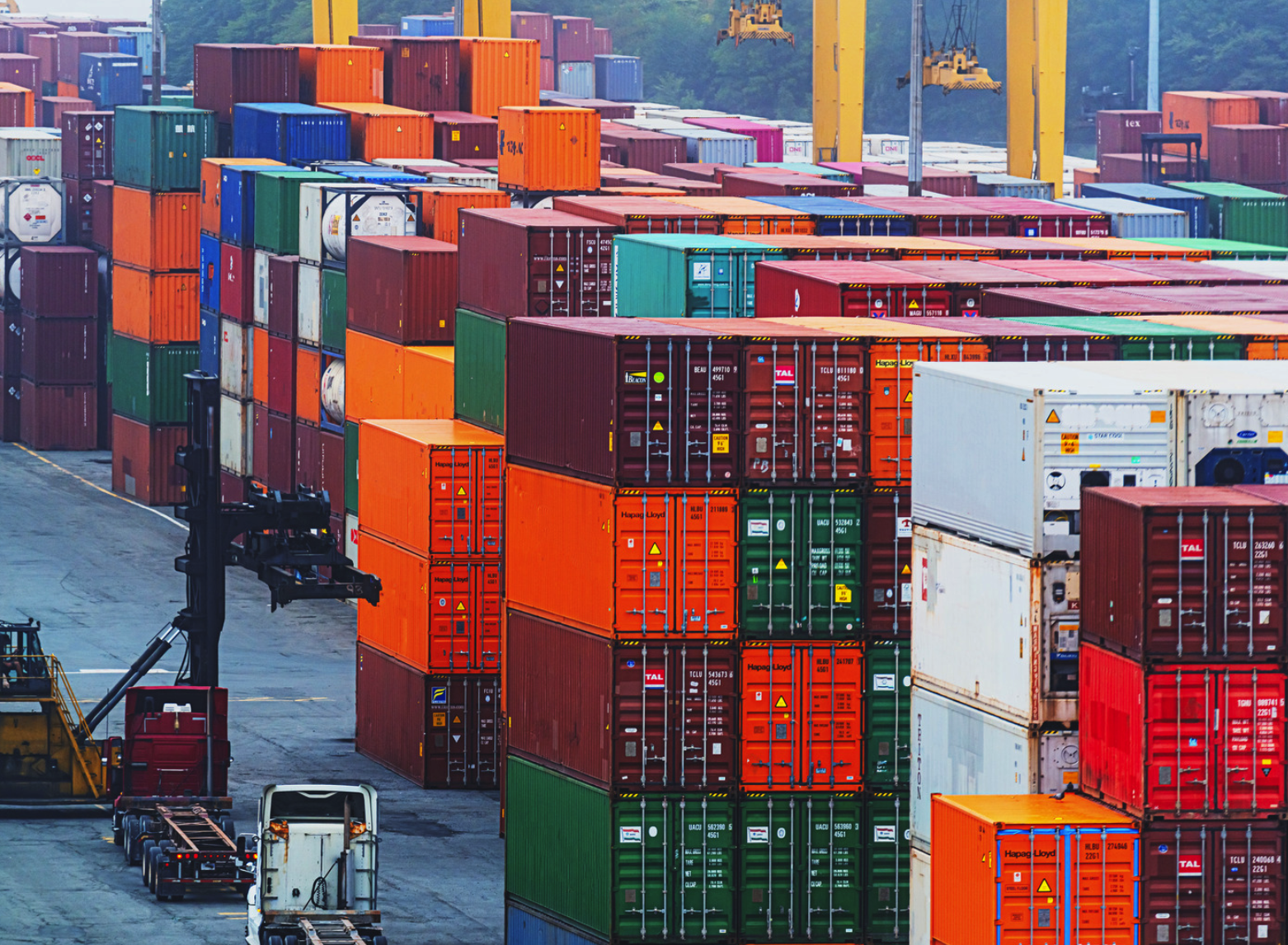Discover the various types of shipping containers, including their dimensions, weight capacity, and volume. Learn about 20-foot, 40-foot, dry, high-cube, refrigerated, open-top, flat-rack, platform, garment containers, and ISO tanks to optimize your logistics and reduce costs.

Understanding the different types of shipping containers and their specific dimensions, weight capacities, and volumes is essential for optimizing logistics and reducing freight costs. Here, we will explore the various container types, including their unique features and specifications.
Types of Containers
1. High-Cube vs. Standard Containers
-
High-Cube Container:
- Height: Approximately 2.6 meters
- Length: 6 meters
- Volume: Approximately 45 cubic meters
- Weight Capacity: About 17 tons
- Description: A larger container commonly used for bulky cargo.
-
Standard Container:
- Height: Approximately 2.4 meters
- Length: 6 meters
- Volume: Approximately 33 cubic meters
- Weight Capacity: About 14 tons
- Description: A medium-sized container suitable for general cargo.
Comparison: High-cube containers offer 12 cubic meters more volume and can carry 3 more tons than standard containers.
2. Container Tare Weight and Heavy Containers
-
Tare Weight:
- Definition: The weight of the container itself.
- Standard Container: Approximately 1.8 tons.
- High-Cube Container: Approximately 2.2 tons.
-
Heavy Containers:
- Definition: Containers loaded with heavy cargo.
- Volume: Typically over 31 cubic meters.
- Weight Capacity: Typically over 20 tons.
- Description: Heavy containers are often high-cube containers due to their larger capacity.
3. ISO Tanks
- Weight Capacity:
- Requirement: For 20-foot ISO tanks, the liquid cargo should fill 80% of the tank's volume.
- Weight: Approximately 20 tons.
- Note: Overfilling or underfilling is not permitted.
Container Types and Their Uses
- 20-Foot Container: Standard container ideal for small to medium-sized shipments.
- 40-Foot Container: Larger than the 20-foot, used for bulkier or larger volume shipments.
- Dry Container: Standard container without temperature control, used for general cargo.
- High-Cube Container: Taller than standard containers, used for larger or taller items.
- Refrigerated Container: Equipped with temperature control, used for perishable goods.
- Open-Top Container: Has a removable top, used for oversized cargo.
- Flat-Rack Container: Has collapsible sides, used for heavy or oversized machinery.
- Platform Container: Flatbed container used for large or awkwardly shaped items.
- Garment Container: Specifically designed for transporting clothing.
- ISO Tank: Used for liquid cargo, following strict filling and weight guidelines.
Conclusion
Choosing the right container type based on your cargo's specific needs and understanding their dimensions, weight capacities, and volumes can significantly optimize logistics and reduce costs. Proper utilization of high-cube, standard, refrigerated, and specialized containers ensures efficient and safe transportation of goods.
Understanding these details helps in making informed decisions, optimizing space, and adhering to weight limits, thus saving on logistics costs and ensuring smooth operations.
